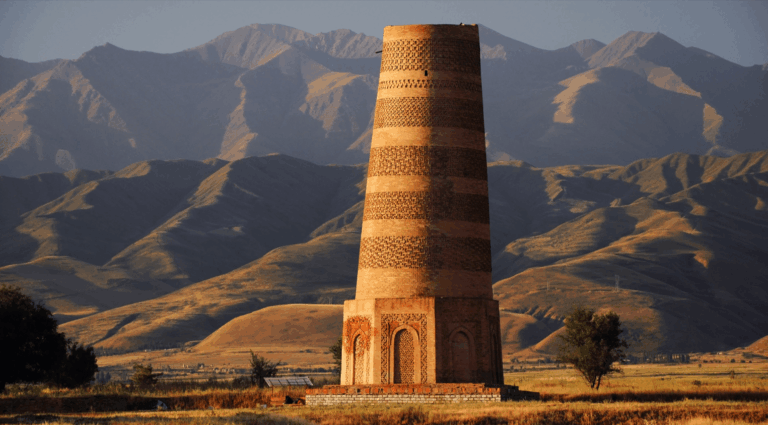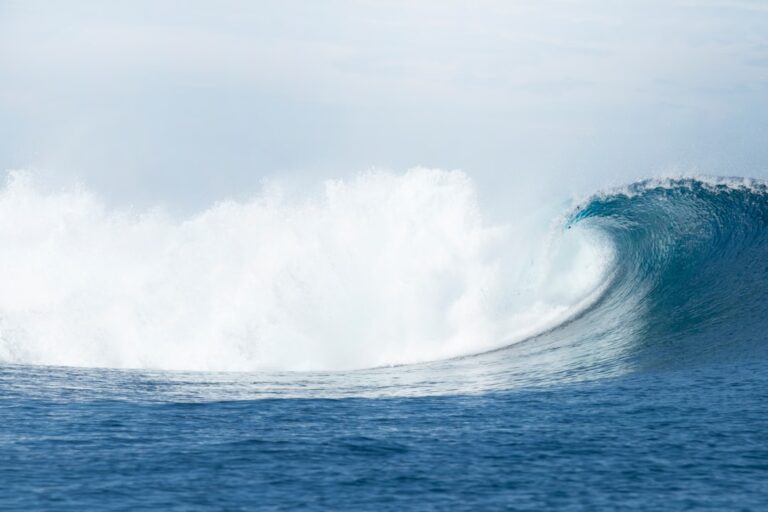Controversial Release of Nikki Catsouras’ Death Photos Sparks Debate

The controversy surrounding Nikki Catsouras’ death photos is a tragic and disturbing example of the ethical and legal issues surrounding the dissemination of graphic images online. Nikki Catsouras was a young woman who died in a fatal car accident in 2006. Following her death, graphic photos of the accident scene were leaked and spread online, causing immense pain and suffering for her family. This article will explore the various aspects of this controversy, including the ethics of sharing such images, the impact on Nikki’s family, the legal implications, the role of social media, the psychological effects of viewing graphic images, the responsibility of media outlets, and the debate over the public’s right to access such images.
Key Takeaways
- Nikki Catsouras was a young woman who died in a car accident in 2006, and her death photos were leaked online without her family’s consent.
- Sharing graphic images of fatal accidents raises ethical concerns about respect for the deceased and their families, as well as potential harm to viewers.
- The release of Nikki Catsouras’ death photos had a devastating impact on her family, who were subjected to harassment and trauma.
- Sharing graphic images without consent can have legal consequences, including charges of invasion of privacy and emotional distress.
- Social media plays a significant role in the dissemination of graphic images, and platforms have a responsibility to regulate content that violates community standards.
Who was Nikki Catsouras and why are her death photos controversial?
Nikki Catsouras was an 18-year-old girl from California who tragically lost her life in a car accident on Halloween day in 2006. She was driving her father’s Porsche when she lost control of the vehicle and crashed into a toll booth. The accident was so severe that Nikki’s body was unrecognizable. Following her death, graphic photos of the accident scene were taken by law enforcement as part of their investigation.
The controversy surrounding Nikki Catsouras’ death photos stems from the fact that these images were leaked and spread online without the consent or knowledge of her family. The photos were initially leaked by a California Highway Patrol dispatcher who sent them to friends as a joke. From there, they quickly spread across various websites and forums, becoming known as the “Porsche Girl” photos.
The ethics of sharing graphic images of fatal accidents
The dissemination of graphic images of death and trauma raises important ethical considerations. On one hand, some argue that sharing such images can serve as a reminder of the consequences of dangerous behavior and can potentially deter others from engaging in similar actions. They believe that by exposing people to the harsh reality of death, it can make them more aware of the risks involved in certain activities.
On the other hand, there are strong arguments against the dissemination of graphic images. Many believe that it is disrespectful to the deceased and their families to share such intimate and distressing images without their consent. They argue that these images can cause unnecessary pain and trauma for the loved ones left behind, who may stumble upon them online and be forced to relive the tragedy.
The impact of the release of Nikki Catsouras’ death photos on her family
The release and spread of Nikki Catsouras’ death photos had a devastating impact on her family. The images were not only graphic and disturbing, but they were also accompanied by cruel and derogatory comments from anonymous internet users. Nikki’s parents, Christos and Lesli Catsouras, were horrified to discover that their daughter’s death had become a source of entertainment for strangers online.
The emotional toll on the Catsouras family was immense. They experienced feelings of grief, anger, and helplessness as they saw their daughter’s death exploited for shock value. They became determined to remove the photos from the internet and hold those responsible accountable for their actions. However, their efforts were met with resistance, as many websites refused to take down the images citing freedom of speech.
The legal implications of sharing graphic images without consent
The sharing of graphic images without consent raises significant legal issues. In the case of Nikki Catsouras, her family pursued legal action against those responsible for leaking and spreading the photos. They filed a lawsuit against the California Highway Patrol dispatcher who initially leaked the images, as well as against various websites that hosted the photos.
The legal battle faced by the Catsouras family highlighted the challenges in holding individuals and websites accountable for sharing graphic images without consent. The case raised questions about privacy rights, freedom of speech, and the responsibility of internet platforms to regulate the content they host. Ultimately, the Catsouras family was unsuccessful in their attempts to have the photos removed from the internet, but their case shed light on the need for stronger legal protections in this area.
The role of social media in the dissemination of graphic images

Social media has played a significant role in the spread of graphic images, including those of Nikki Catsouras’ death. Platforms such as Facebook, Twitter, and Instagram have made it easier than ever for individuals to share and distribute content, including graphic images. This has raised concerns about the regulation of such content and the potential harm it can cause.
The challenge lies in finding a balance between freedom of expression and protecting individuals from harm. Social media platforms have faced criticism for their inconsistent enforcement of content policies and their failure to adequately address the spread of graphic images. While some argue that stricter regulations are necessary to prevent the dissemination of harmful content, others believe that this would infringe upon individuals’ right to free speech.
The psychological effects of viewing graphic images of death and trauma
Viewing graphic images of death and trauma can have significant psychological effects on individuals. Research has shown that exposure to such images can lead to symptoms of post-traumatic stress disorder (PTSD), anxiety, depression, and other mental health issues. Vulnerable individuals, such as those who have experienced trauma themselves or have a history of mental illness, may be particularly susceptible to these negative effects.
Given the potential harm caused by viewing graphic images, there is a growing call for trigger warnings and other measures to protect individuals from accidental exposure. Trigger warnings are brief statements that alert individuals to potentially distressing content and give them the opportunity to choose whether or not to engage with it. While some argue that trigger warnings are unnecessary and limit freedom of expression, others believe that they are a necessary tool for promoting mental health and well-being.
The responsibility of media outlets in reporting on tragic events
Media outlets have a crucial role to play in reporting on tragic events, including fatal accidents. It is their responsibility to inform the public and provide accurate and timely information. However, this must be done with sensitivity and respect for the individuals involved and their families.
The Catsouras case highlighted the need for media outlets to exercise caution when reporting on tragic events. The spread of Nikki’s death photos was fueled by sensationalistic media coverage that focused on the graphic nature of the images rather than the human tragedy behind them. This type of reporting can perpetuate a culture of voyeurism and desensitization to violence, further exacerbating the pain experienced by the families of the victims.
The debate over whether the public has a right to see graphic images of death
The debate over whether the public has a right to access graphic images of death and trauma is a complex one. Those in favor argue that such images serve as a reminder of the consequences of dangerous behavior and can potentially deter others from engaging in similar actions. They believe that by exposing people to the harsh reality of death, it can make them more aware of the risks involved in certain activities.
On the other hand, opponents argue that the public’s right to access such images should be limited out of respect for the deceased and their families. They believe that these images can cause unnecessary pain and trauma for loved ones left behind, who may stumble upon them online and be forced to relive the tragedy. They also argue that there are alternative ways to educate the public about the dangers of certain behaviors without resorting to graphic imagery.
The potential consequences of sharing graphic images online
The spread of graphic images online can have severe consequences for both individuals and society as a whole. For individuals, it can lead to emotional distress, trauma, and even suicide in some cases. It can also perpetuate a culture of voyeurism and desensitization to violence, where the suffering of others is treated as entertainment.
On a societal level, the sharing of graphic images can erode empathy and compassion, as individuals become desensitized to the suffering of others. It can also perpetuate harmful stereotypes and reinforce negative attitudes towards certain groups of people. Additionally, the spread of graphic images can hinder the healing process for families who have lost loved ones, as they are constantly reminded of their loss and forced to confront the trauma over and over again.
The need for sensitivity and respect in reporting on tragic events
In conclusion, the controversy surrounding Nikki Catsouras’ death photos serves as a stark reminder of the ethical and legal issues surrounding the dissemination of graphic images online. The impact on Nikki’s family was devastating, and their efforts to remove the photos from the internet were met with resistance. The case highlighted the need for stronger legal protections and stricter regulations on social media platforms.
The debate over the public’s right to access graphic images of death and trauma is a complex one, with arguments on both sides. However, it is clear that sharing such images can have severe consequences for individuals and society as a whole. It is therefore crucial for individuals to consider the impact of their actions before sharing graphic images online, and for media outlets to report on tragic events with sensitivity and respect. Only by doing so can we begin to address the ethical and legal challenges posed by the dissemination of graphic images.
If you’re interested in exploring the impact and consequences of sharing sensitive and graphic content online, you may find the article “The Dark Side of the Internet: The Nikki Catsouras Death Photos Controversy” on Dolphweb.com intriguing. This thought-provoking piece delves into the tragic incident involving Nikki Catsouras and the subsequent circulation of her graphic accident photos on the internet. It sheds light on the ethical dilemmas surrounding online content sharing and raises important questions about privacy, empathy, and responsible digital behavior. Discover more about this controversial case by clicking here.
FAQs
What are Nikki Catsouras death photos?
Nikki Catsouras death photos are graphic images of the aftermath of a car crash that killed Nikki Catsouras, a young woman from California, in 2006. The photos were taken by California Highway Patrol officers and were leaked online, causing widespread controversy and outrage.
Why were the Nikki Catsouras death photos leaked?
It is unclear why the Nikki Catsouras death photos were leaked. Some speculate that it was done by a CHP officer as a cruel joke, while others believe it was done by someone who obtained the photos through illegal means.
What was the reaction to the Nikki Catsouras death photos?
The Nikki Catsouras death photos caused widespread outrage and controversy. Many people were appalled by the graphic nature of the photos and the fact that they were leaked online. Nikki’s family also spoke out against the photos, saying that they were traumatizing and disrespectful to their daughter’s memory.
What legal action was taken in response to the Nikki Catsouras death photos?
Nikki’s family filed a lawsuit against the CHP for leaking the photos, but the case was dismissed. The family also lobbied for a bill that would make it illegal to share graphic photos of accident victims without their families’ consent, but the bill was vetoed by California Governor Arnold Schwarzenegger.
What is the impact of the Nikki Catsouras death photos?
The Nikki Catsouras death photos have had a lasting impact on the debate over privacy and the internet. They have also raised awareness about the need for laws to protect the privacy and dignity of accident victims and their families.






+ There are no comments
Add yours